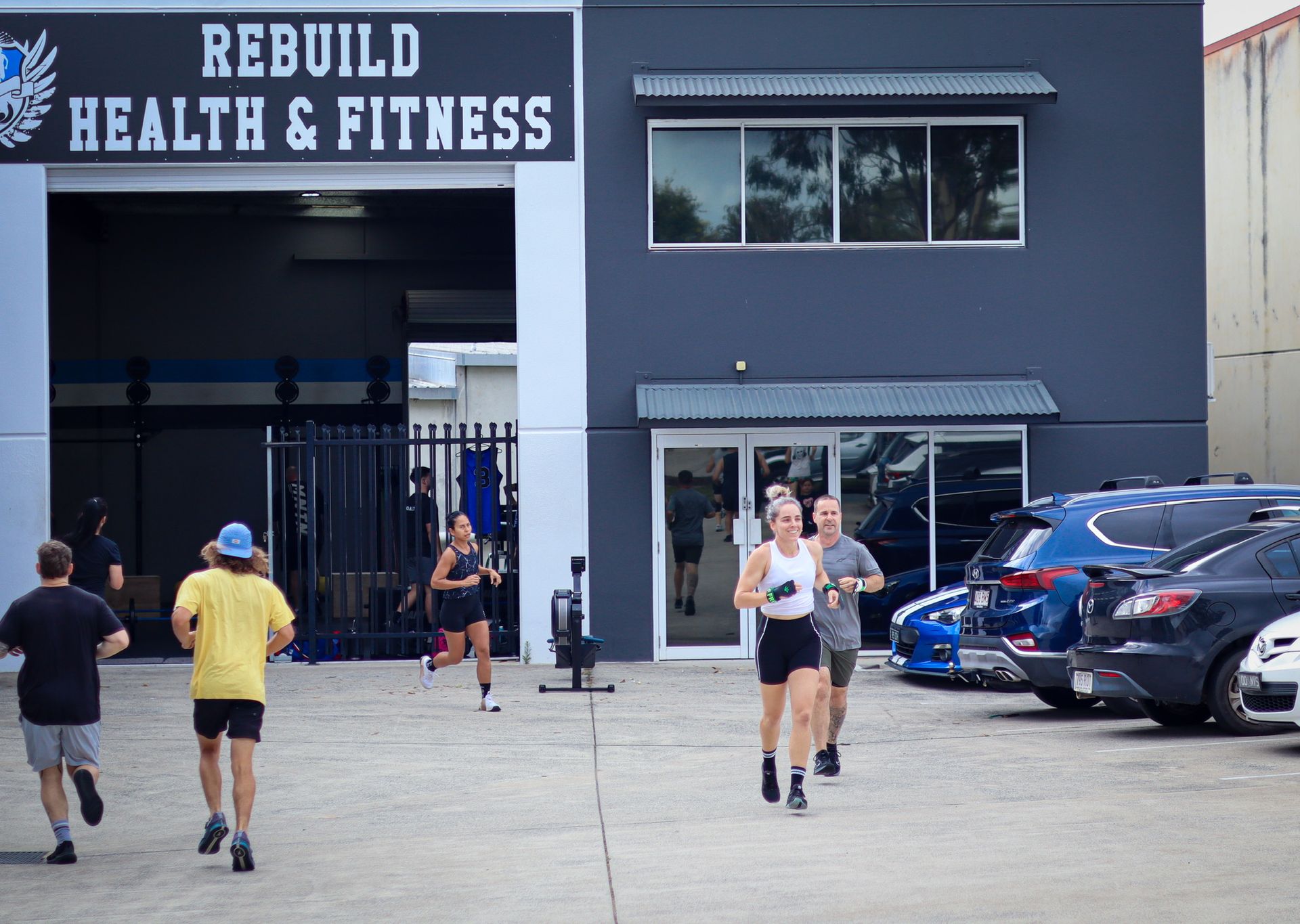What Makes A Good Strength And Conditioning Program?
Different coaches have different styles, and there are an abundance of online coaching programs you can get hold of online these days. But what makes a good one, and how will you achieve your goals best? Knowing what you want out of your program and how you plan to approach it has the power to set you up for success or be detrimental. Here's some tips to know what makes a good strength and conditioning program and what it all means. What is strength and conditioning? First things first, what do we mean by strength and conditioning? In simple terms, strength and conditioning is to use sports science to enhance movement quality. It’s highly beneficial as it’s built through evidence-based research and physiology of exercise and anatomy.It's two-pronged, strength components, that is building up your strength. And conditioning - that is, your metabolic conditioning. Signing up for a strength and conditioning program enables you to transform your body and get incredible results. Your level of expertise within the fitness industry, in this case, doesn’t matter as long as you have the passion and consistency required to bring in change. The great thing about a program of this sort is that it puts immense focus on various tools to improve your movement, health, and performance. But there are some elements that should be kept in mind when making a strength and conditioning program. These are:The number of people training The experience level and age of your traineesThe sort of equipment and space required for every sessionThe number of weekly sessions and how long each one will bePractice and competition scheduleWhere to beginStarting simple is the safest option to opt for. Training and exercise involve repetitive movements and learning these movement patterns is crucial. Starting with just a few exercises, a few movements and simple training, all of which you find most important for your athletes, allows for you to buy more time teaching the proper technique. There will never be a downside to taking your time to perfect something. Once you’ve settled into the scheme of things, and figured out what works best, you can then jump into creating your program. The model below is one that can be used to get a better understanding of how you can put your plan together, while also understanding why certain steps are necessary.Five key phases:Phase 1 – Hypertrophy Phase (high volume, low intensity)An off-season plan and a rather general phase in nature, it's designed to teach, or re-teach very basic movements that become the basis of your lifting program and to allow recovery from any wear and tear that’s been experienced. It’s aimed at reconditioning your body, increasing lean body mass as well as short-term endurance which is done by keeping higher reps, and lower weights, around 8-15 reps for 2-4 sets.This is a relatively important phase since it prepared athletes for the strength work that follows in the remaining phases. Generally lasting from as little as two weeks to as long as six weeks, it may not be super exciting but is incredibly beneficial in the long run.Phase 2 – Basic Strength (moderate volume, high intensity)The aim within this phase is to increase strength to allow for high-intensity work. Ideally, you’d be looking to do 3-5 sets of 5 reps in this phase. Phase 3 – Strength/Power (low volume, very high intensity)The usual outcome of this phase shows the athlete having gained greater power, due to an increase in strength and a decrease in fatigue caused by lower volume. Here, you’re looking at 3-5 sets of 2-3 reps.Phase 4 – Peaking and MaintenanceBy this phase, the athlete is expected to train 1-3 sets of 1-3 reps, with high intensity, as the aim is to taper them prior to a major event and allow them to regain complete stamina. Phase 5 – Active Rest (very low volume, very low intensity)Once this phase arrives, the athlete should ideally take a week or two off to rest, as resting is as important as training. After that, they can come back to some light training, with low volume and at low intensities. The goal is to simply recover. If you have questions about strength and conditioning programming, get in touch to hear how ours works.
Previous Blogs


